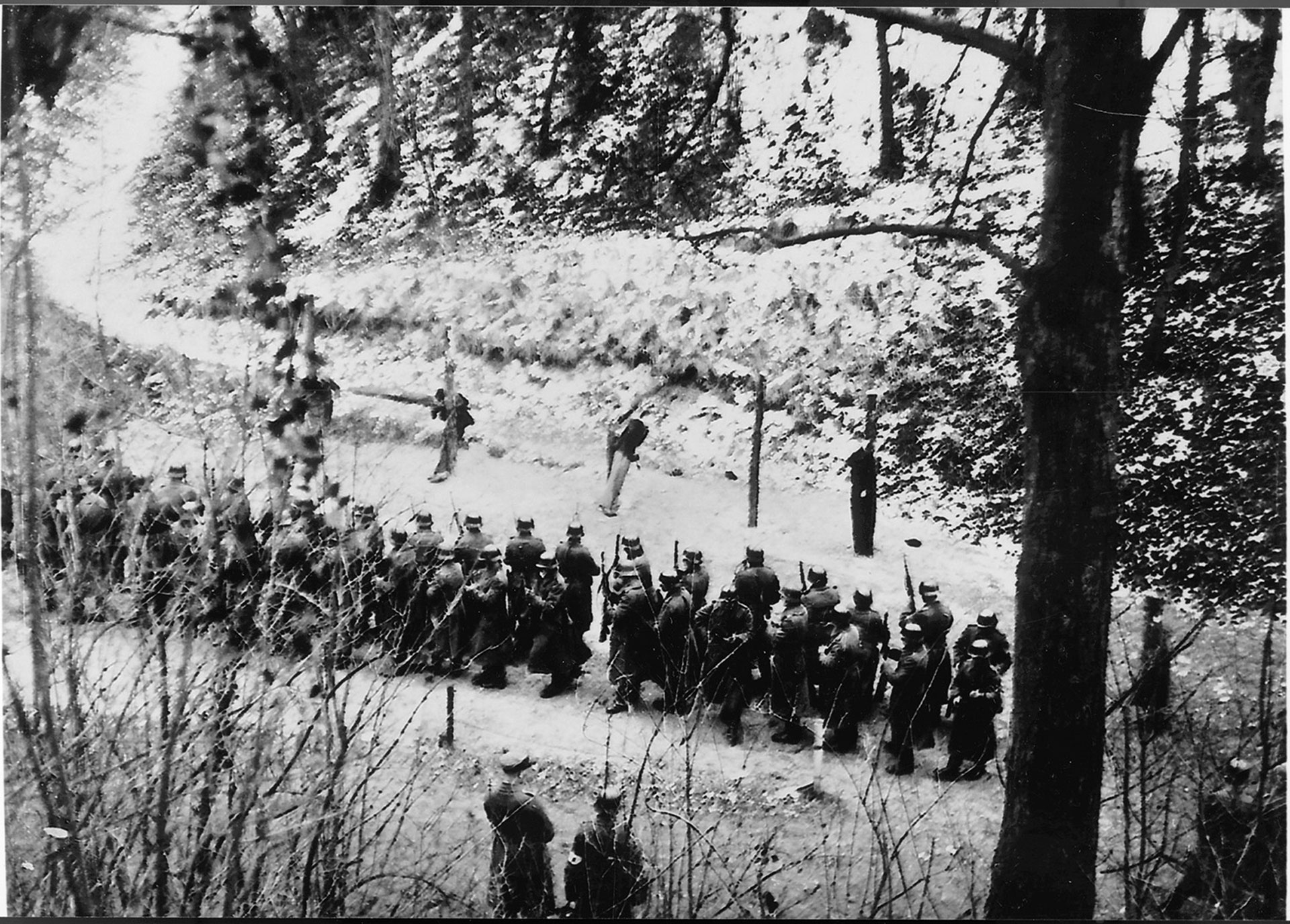Mont Valérien, from History to Memory
Located in the Hauts-de-Seine department, on a hill 15 km from the centre of Paris, Mont Valérien is a place steeped in history, not least because of its use during World War II. The Nazi occupying forces used this fortress built in the 19th century as their main execution site for Resistance fighters condemned to death by German military tribunals, and also for the execution of hostages in retaliation for attacks against German soldiers. All together, 1,008 adults and teenagers from a wide range of backgrounds were shot there between 1941 and 1941. On 6 September 1941, the first 3 hostages were shot at Mont-Valérien, following an attack on German forces. In December 1941, Hitler ordered the introduction of the ”Nacht und Nebel” (Night and Fog) procedure, which gave its title to Alain Resnais’s controversial film in 1956. The German authorities designated hostages to discourage future attacks: with this notion of collective responsibility, the aim was to put pressure on the population and the “terrorists”. From then on, executions followed one another until June 1944. On 21 February 1944, 23 Resistance fighters from the FTP-MOI group led by Missak Manouchian were shot in the clearing on Mont-Valérien. One of them, Olga Bancic, was transferred to Germany, where she was guillotined on 10 May 1944, as the Germans had made it a rule not to execute women on French territory.
On 18 June 1960, French President Charles de Gaulle inaugurated within the fortress the “Mémorial de la France combattante” (Memorial to Fighting France). Facing a vast esplanade, the monument is 100 metres long with a pink sandstone front, against which stand 16 high bronze reliefs allegorically depicting the many forms of the fight against the enemy. In the center stands the 12-metre-high Cross of Lorraine, as symbol of the Resistance, in front of which burns an eternal flame. On 20 September 2003, a new monument was unveiled: a bronze bell inscribed with the names of those who were shot was created by sculptor Pascal Convert. The area in front of the Mémroial has been named Square Abbé Franz Stock, named after the priest who took care of the condemned prisoners in Mont Valérien during the German occupation.
In recent decades, rehabilitation work has been undertaken to restore the site and introduce educational programs to raise awareness. The “Parcours du Souvenir” (Remembrance Trail), for example, retraces the route taken by the condemned prisoners, from the chapel where they were locked up before their execution to the clearing 100 meters where they were shot. Thousands of people visit Mont Valérien every year to pay tribute to the victims and to remember the heroism of those who fought for freedom and justice.
Marie-Édith Agostini





